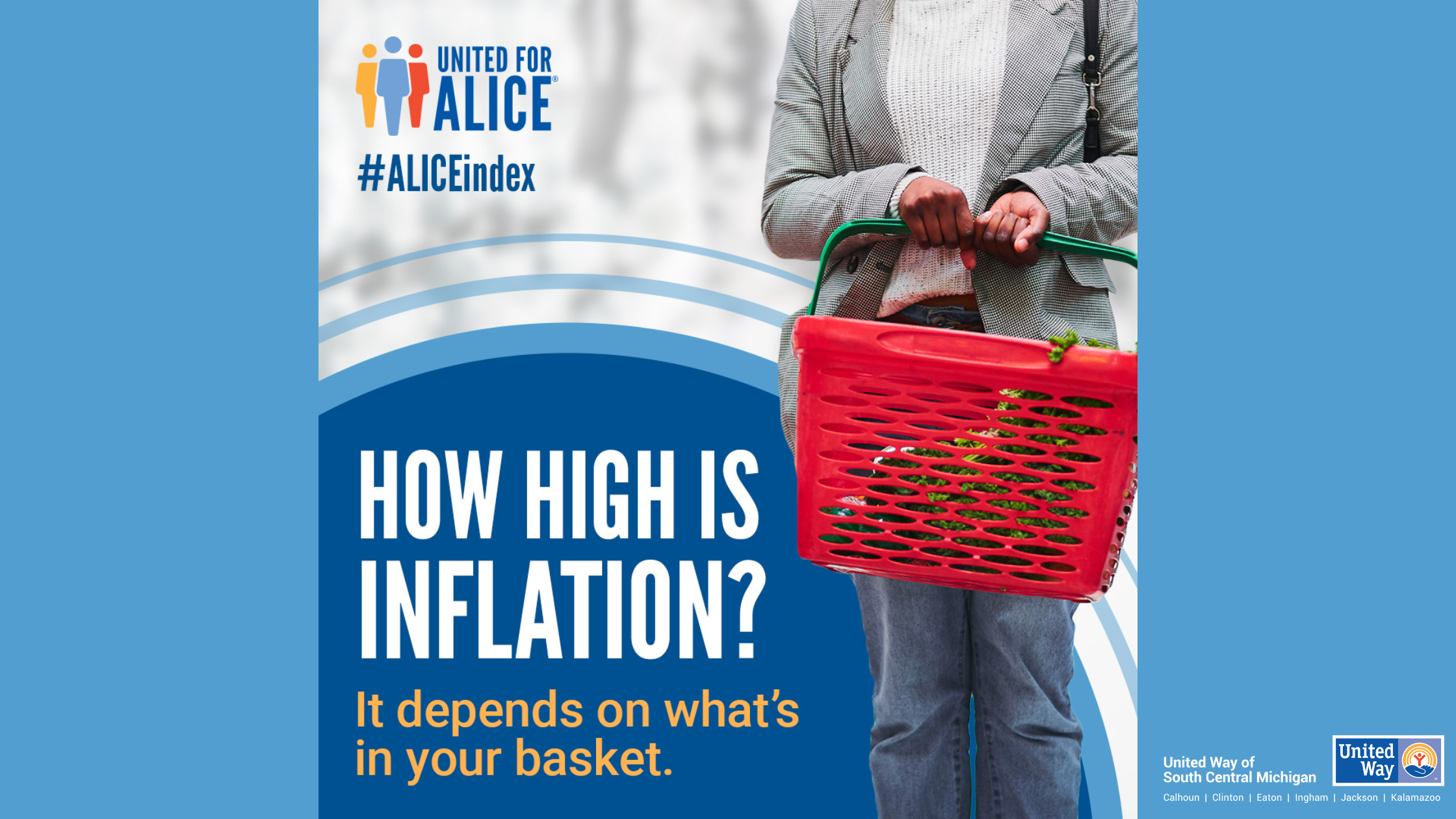
Some low-wage workers are financially worse off today than a decade ago despite recent wage gains, according to a new report from United Way of South Central Michigan and its research partner United For ALICE.
Recent wage increases for low-wage jobs have been no match for the surging cost of essentials and a decade of stagnant wages. For example, from 2010 to 2022, child care workers in Michigan had seen median annual wages increase 35%. But they were still more than $14,296 short of being able to afford the basics for one adult and one school-age child, according to the 2024 ALICE Essentials Index report. In 2010, child care workers were facing a smaller $9,320 gap between wages and the cost of essentials.
Child care workers are not the only ones struggling financially. According to United For ALICE calculations, 4.1 million households — 41% — couldn’t make ends meet in 2022, an uptick from 2021. This includes households in poverty and those who are ALICE® (Asset Limited, Income Constrained, Employed), earning above the Federal Poverty Level but less than the cost of basics.
“The ALICE Essentials Index report shows that recent wage increases could not undo the damage done to those who have been harder hit by inflation for more than a decade,” said United Way of South Central Michigan Executive Officer, Chris Sargent. “When ALICE workers are already standing far behind the starting line in the race to get ahead, a pay increase alone isn’t going to see them across the finish line.”
The ALICE Essentials Index tracks the rising cost of essentials, including housing, child care, food, transportation, health care and basic technology. In contrast, the standard measure, the Consumer Price Index, tracks inflation across more than 200 categories of goods and services.
According to the report, nationwide, no low-wage jobs caught up to basic costs from 2010 to 2022. Of occupations tracked by the Bureau of Labor Statistics, a substantial 240 could not support what it costs to get by in today’s economy.
The report also reveals that since 2007, the ALICE Essentials Index for Michigan has consistently outpaced the broader CPI. Costs peaked between 2021 and 2023, during which the ALICE Essentials Index rose at an annual rate of 7.3%, compared to 6.1% for CPI.
Nationwide, the cost of essentials has been most expensive in the West and the Northeast. However, all regions experienced the same spike in costs between 2021 and 2023, with the ALICE Essentials Index increasing at an average annual rate of 7.8% in the South, 7.1% in the Midwest, 6.9% in the West and 6.5% in the Northeast.
The CPI’s broader basket of goods includes luxury items such as power boats and landscaping services. Yet, the CPI is used to calculate increases in critical supports for low-income families, including Medicaid and SNAP.
“Since the CPI does not accurately reflect the experience of ALICE families, it distorts policy outcomes that affect the assistance and supports ALICE needs,” said United For ALICE National Director Stephanie Hoopes, Ph.D. “Making the ALICE Essentials Index a companion to the CPI would better guide eligibility and increases in government programs from SNAP to Social Security and ensure ALICE isn’t left further behind.”
To learn more about the ALICE Essentials Index, and to explore the online dashboards, visit United4ALICE.org/ALICEindex.
